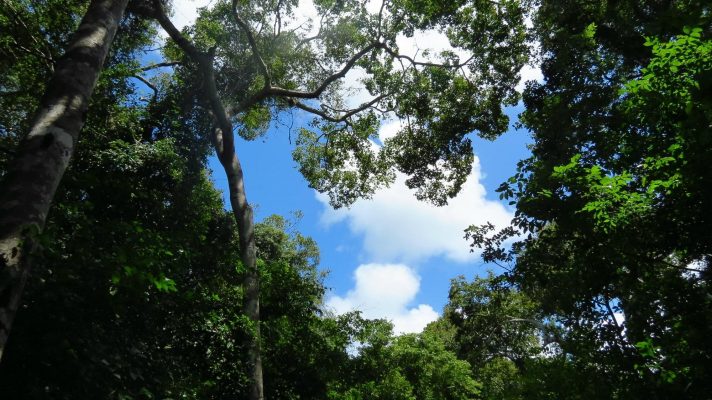Arabuko Sokoke Forest Reserve
 Arabuko Sokoke Forest Reserve, located on the coast of Kenya, is one of the largest remaining coastal forests in East Africa.
Arabuko Sokoke Forest Reserve, located on the coast of Kenya, is one of the largest remaining coastal forests in East Africa.
Covering an area of approximately 420 square kilometers, this unique reserve is renowned for its rich biodiversity and serves as a critical habitat for numerous endemic and endangered species. The forest is a blend of diverse ecosystems, including woodlands, scrubland, and mangrove swamps, offering a remarkable variety of flora and fauna. Established as a national reserve in 1991, Arabuko Sokoke plays a vital role in conservation efforts and sustainable tourism, making it a significant ecological treasure.
